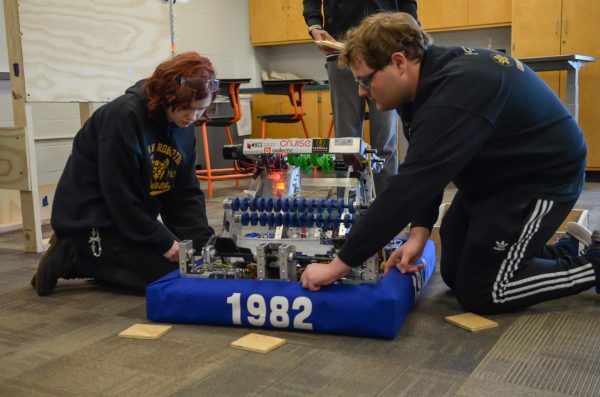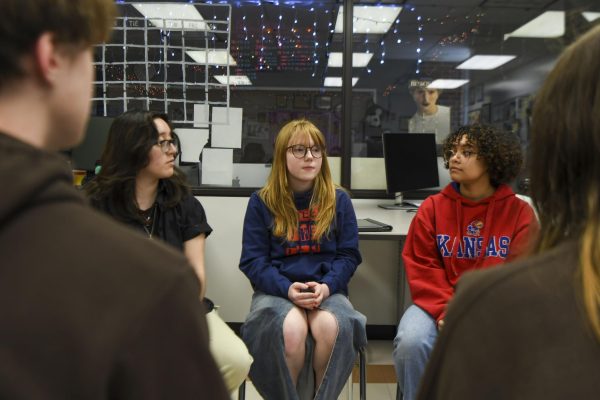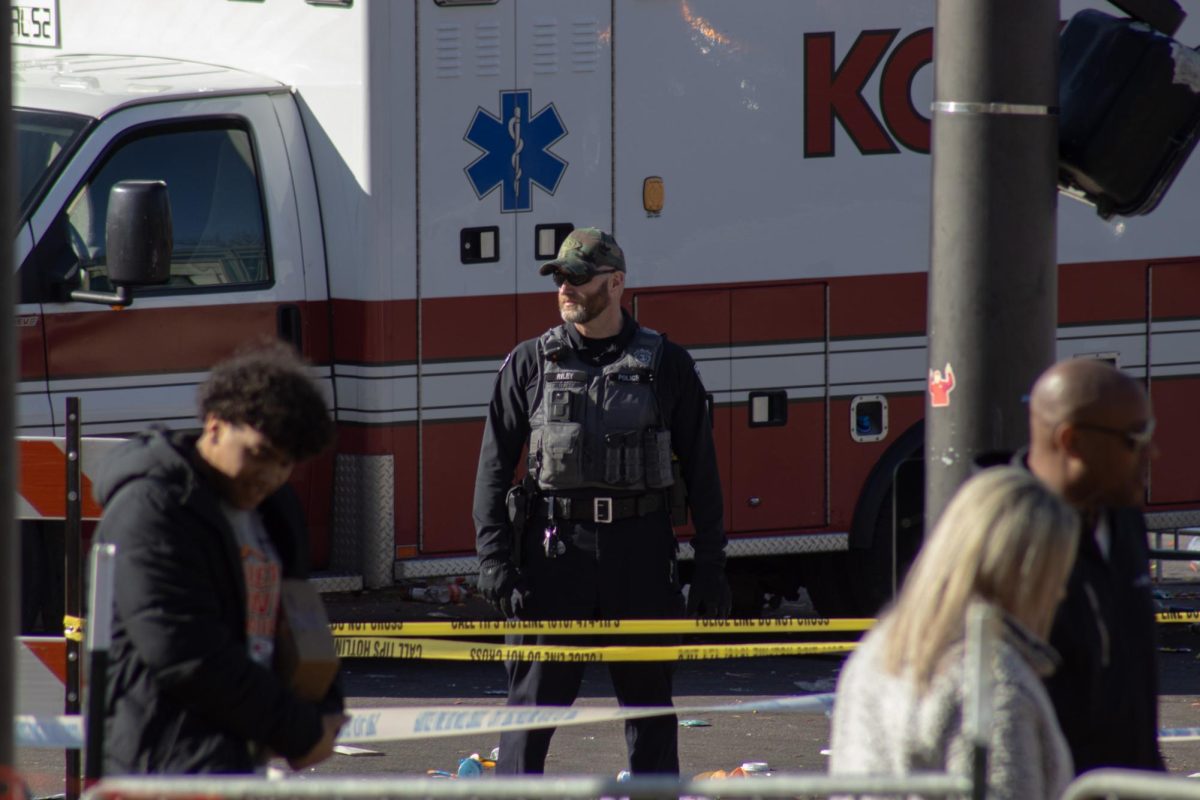On Nov. 8, Kansans will head to the polls ready to support the candidate they think will do what is best for the country they call home. Who will claim our electoral college votes? Republican nominee, Donald Trump.
Before a single ‘I voted’ sticker is placed on a shoulder, the winner has been all but decided.
In the 2012 election, Republican nominee Mitt Romney won Kansas by a comfortable margin of nearly 250,000 votes. The previous election year, Republican John McCain claimed 56.5 percent of the votes, compared to President Barack Obama’s 41.6 percent.
The last instance of a Democratic presidential nominee winning the state of Kansas occurred in 1964, with the reelection of President Lyndon B. Johnson; marking only the sixth time in 38 presidential elections held in the Jayhawk state that such an event had occurred.
Kansas is a red state, and has been for many years.
This fact deters some Democratic voters from showing up at the polls at all. Why would those who lean blue want to support a candidate who didn’t bother to appear in Kansas during the election or a Democratic presidential candidate nomination process because they knew they would not garner the support necessary to win the state?
Those who are victims of this toxic mindset have forgotten that there is more at stake than the results of one presidential election.
The most powerful man or woman in the world resides in the White House, and although the decisions made in the Oval Office affect us all, Washington, D.C. is a long way away from Shawnee, Kan.
The spotlight may be wrongly focused on Trump and Democratic nominee Hillary Clinton. The reality is that the results of local and state elections often have a more immediate significance than the presidential vote. Candidates for the senate and house positions for both the state and national government will be vying for votes when Nov. 8 rolls around. Members of the House of Representatives are elected by the people in their designated district. The political allegiances of each congressional district within a state do not always mirror the dominant party within a state. For example, Kansas District 3, Johnson County’s congressional district, elected a Democratic representative in every primary election from 1996 to 2010. In that same time frame, every other Kansas District remained decidedly Republican.
It is also true that if a large number of voters who lean toward a minority party steer clear of the ballot boxes, voting results provide a distorted view of the real voter sentiment. Let’s think through a realistic scenario: only 60 percent of Kansas residents vote, because 40 percent stayed home out of protest. If one candidate receives 65 percent of that vote, it appears that candidate’s policies and actions are well supported. But that 65 percent really only represents 39 percent of all possible votes; not a clear majority. If that missing 40 percent of the vote had shown up, they could have changed the outcome. And even if they didn’t, the results would still be a more accurate reflection of the voters’ preferences.
In Kansas, and other states where one political party runs the presidential tables, skipping out on election day has become common practice. Disregarding the opportunity to cast your vote for public offices at the national, state and local level because of indifference or the belief that your vote is futile is not a form of protest. Instead, it is confirmation that candidates whose political views are opposed will continue to be re-elected unchallenged, further validating any previous political allegiances of the government offices in your community and state.














![Junior Venti Neaderhiser and senior Dylan Paflas work on their robot March 21 in Room C. The robotics team worked on their robot, Fred, to prepare for the FRC Worlds competition. “I was working with the bumpers on our robot that protect [the] frame [for] when we hit or bump into something,” Neaderhiseri said. “We have put a lot of work into building and coding the robot and have run into many difficulties but we have overcome every issue.” photo by Jack Pischke](https://smnw.com/wp-content/uploads/2024/04/JPischkeRoboticsteam-7-1-1200x795.jpg)
